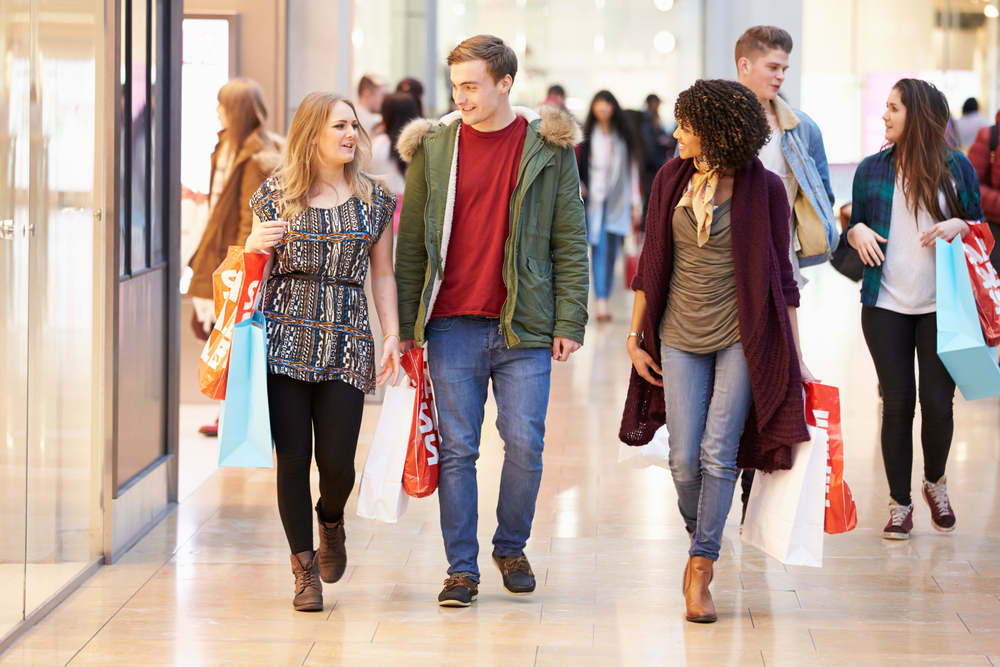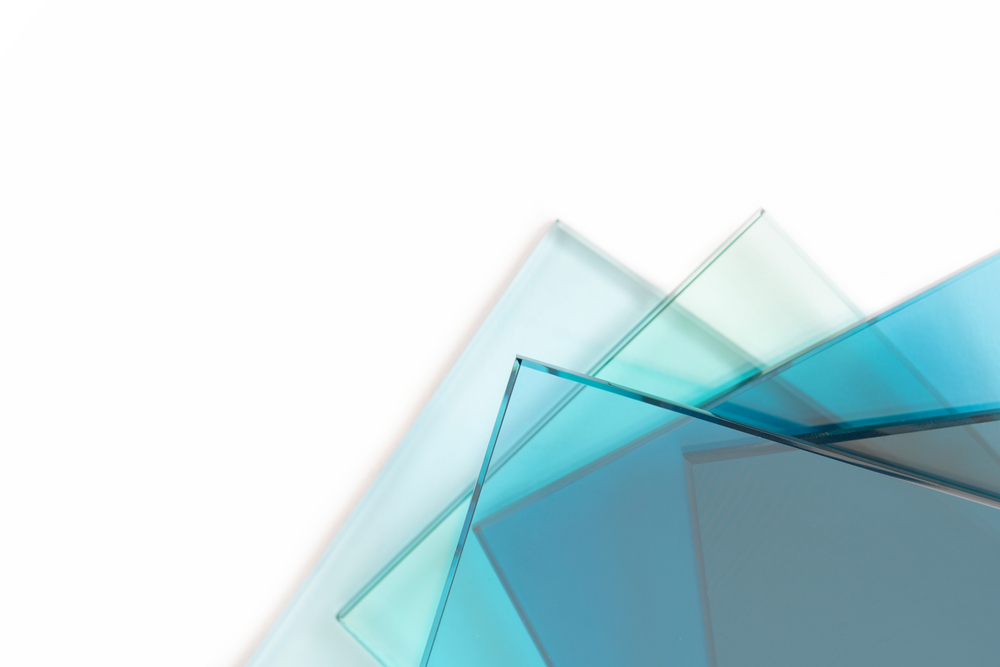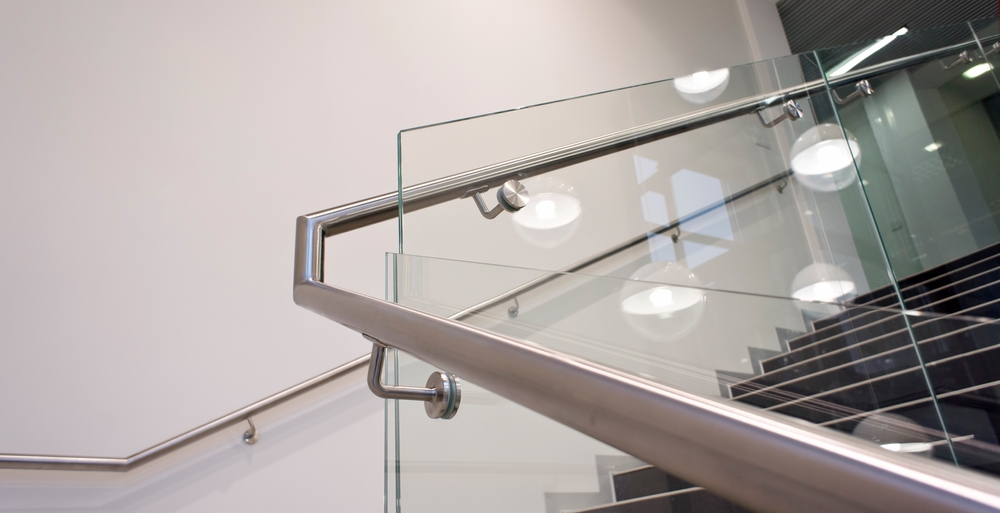If you run a restaurant in Republic, manage a small boutique in Springfield, or plan to open a new office in Ozark, you know that glass installations can take a beating. Between customers, carts, and the occasional accident, the glass in high-traffic commercial spaces needs to be both safe and durable. But which type of glass is right for your business: laminated glass or tempered glass?
Both options offer superior safety compared to standard class, but they work in different ways. Laminated glass consists of two or more glass layers bonded together with a plastic interlayer (usually polyvinyl butyral, or PVB). Tempered glass is heat-treated to be four to five times stronger than regular glass. Understanding the differences can help you make a smarter investment that protects your customers, employees, and bottom line.

The Why: Safety, Durability, and Performance
In commercial environments, glass isn’t just decorative. It’s a critical safety component. High-traffic spaces, like the entrances at Battlefield Mall or downtown’s commercial spaces, face constant impact risks from people, equipment, and environmental factors. Here are three areas to consider.
Injury Prevention
When glass breaks in a crowded space, the consequences can be severe. The right commercial glass type minimizes sharp edges and dangerous shards that can cause serious injuries.
Security Considerations
For retail businesses and ground-floor offices, glass often represents a vulnerable point of entry. The proper specification can deter break-ins, protect valuable inventory or equipment, and prevent operational disruptions.
Long-Term Costs
While initial installation costs matter, the real expense comes from replacement, maintenance, utility costs, and potential liability. Choosing glass that withstands your specific traffic patterns and utilization saves money over time.

Laminated Glass: The “Stays Together” Solution
Laminated glass earned its reputation as safety glass because of how it fails—or rather, how it doesn’t fail completely. The manufacturing process bonds multiple glass layers with a tough plastic interlayer under heat and pressure. When impact occurs, the glass may crack, but the interlayer holds the pieces together like a spiderweb.
Benefits for Springfield-Area Businesses
- Post-breakage integrity: If a customer accidentally crashes into your laminated glass door at your Nixa storefront, the glass might crack but will remain in the frame, preventing injuries and maintaining building security until repairs can be made.
- Sound insulation: Soundproofing makes laminated glass ideal for offices near busy Springfield streets like Glenstone or Battlefield. The interlayer dampens noise transmission, creating a quieter, more professional environment.
- UV protection: The interlayer of laminated glass blocks up to 99% of harmful UV rays, protecting merchandise, furniture, and flooring from fading. This matters for retail businesses and restaurants that invest in their interior aesthetics.
- Security: The protection against forced entry is significantly better than tempered glass. Even if someone strikes laminated glass repeatedly, it resists complete penetration, buying time for a security response.
Laminated Glass Limitations
Laminated glass costs more upfront—typically 20-30% more than tempered glass of similar size. It’s also heavier, which may require stronger framing systems and increase installation complexity. If it does break, you’ll need professional replacement; you can’t simply swap it out like tempered glass.

Tempered Glass: The “Breaks Safe” Option
Tempered glass undergoes a heat treatment process where it’s heated to over 1,000°F and then rapidly cooled. This creates surface compression and internal tension that makes the glass much stronger than standard glass.
Advantages for Commercial Applications
- Impact resistance: Tempered glass can withstand significantly more force than regular glass, making it suitable for high-traffic entrances, partition walls, and areas where accidental impact is common.
- Safety breakage pattern: When tempered glass does break, it shatters into small, relatively harmless pebble-like pieces rather than dangerous shards. This drastically reduces injury risk in crowded environments like the lobby of a Willard medical clinic or a busy Battlefield restaurant.
- Versatility and cost-effectiveness: These qualities make tempered glass the default choice for many commercial applications. It’s less expensive than laminated glass and suitable for everything from storefront windows to interior office partitions.
Tempered Glass Trade-Offs
Once tempered glass breaks, it’s completely compromised—the entire pane shatters and must be immediately replaced. There’s no “holding together” like laminated glass provides. For 24/7 businesses or critical security applications, this complete failure can be problematic.
You also can’t cut or modify tempered glass after the tempering process. All sizing, holes, and edge work must be completed beforehand, requiring precise measurements and planning.

Head to Head: Which Glass Wins for Your Commercial Space?
Street-Level Storefronts and Security-Sensitive Areas
Think banks, jewelry stores, and pharmacies: for these buildings, laminated glass is typically the superior choice. Its post-breakage integrity and forced-entry resistance provide critical storefront protection. If you’re operating a retail business in downtown Springfield where smash-and-grab concerns exist, laminated glass is worth the investment.
Interior Partitions, Conference Rooms, and Upper-Story Windows
Tempered glass usually makes more sense for these applications. It’s cost-effective, meets safety codes, and the total-failure issue matters less when security isn’t the primary concern.
High-Traffic Doors at Restaurants, Gyms, and Other Facilities
Either option can work depending on your preferences, budget, and other factors. Laminated glass can provide extra peace of mind. A cracked-but-intact door keeps your business operational until replacement, while shattered tempered glass means immediate closure.
Cost vs. Lifespan Considerations
While laminated glass costs more initially, its durability in harsh conditions and security benefits can offset the premium for certain applications. Tempered glass offers excellent value for most commercial needs where absolute security isn’t paramount.

Get a Free Estimate From Springfield Glass Company
Choosing between laminated glass and tempered glass is about understanding your specific business needs, traffic patterns, and risk factors. At Springfield Glass Company, we’ve helped countless Springfield-area businesses make the right glass choice for their commercial spaces.
Reach out to Springfield Glass Company today for a free estimate on your commercial glass project. Let’s find the right solution that keeps your business safe, secure, and looking professional for years to come.
